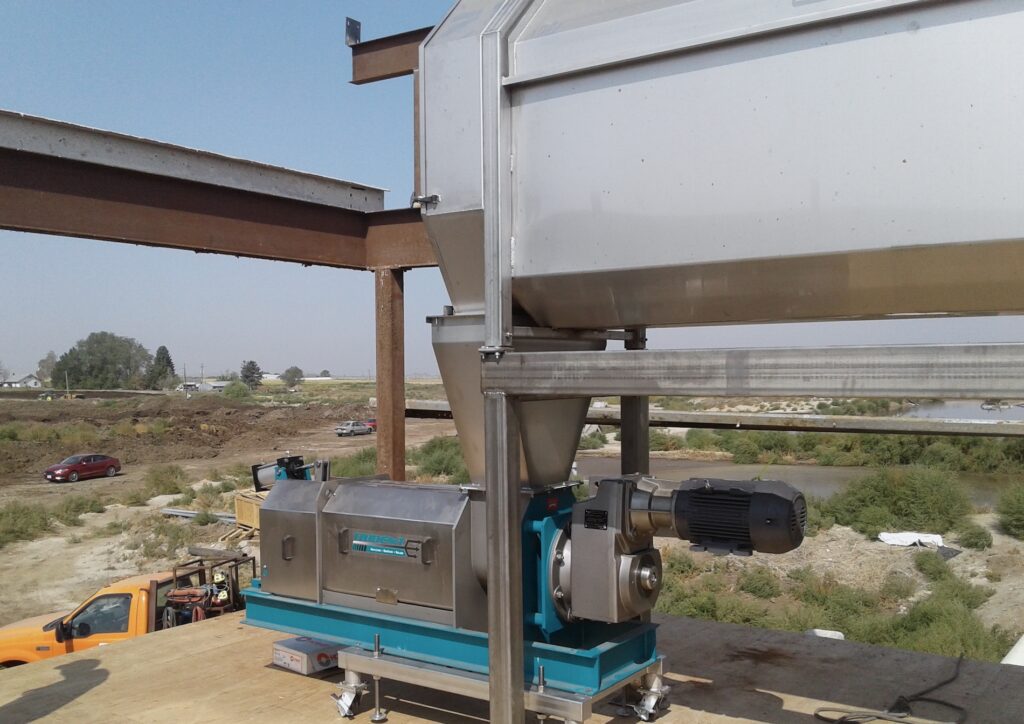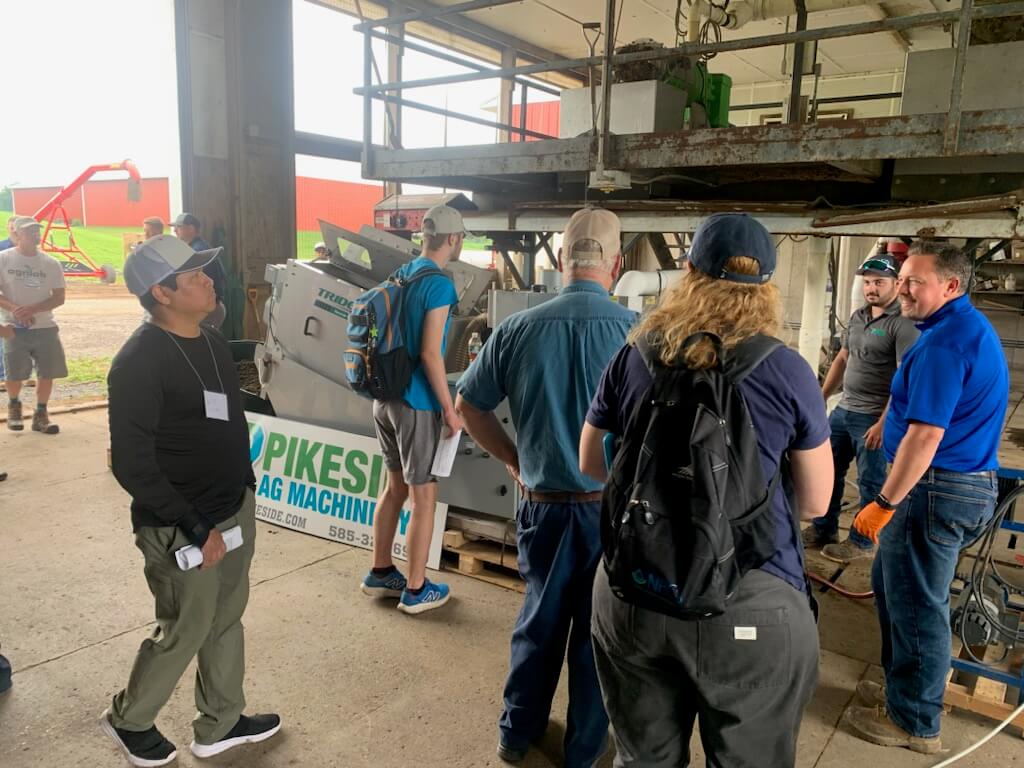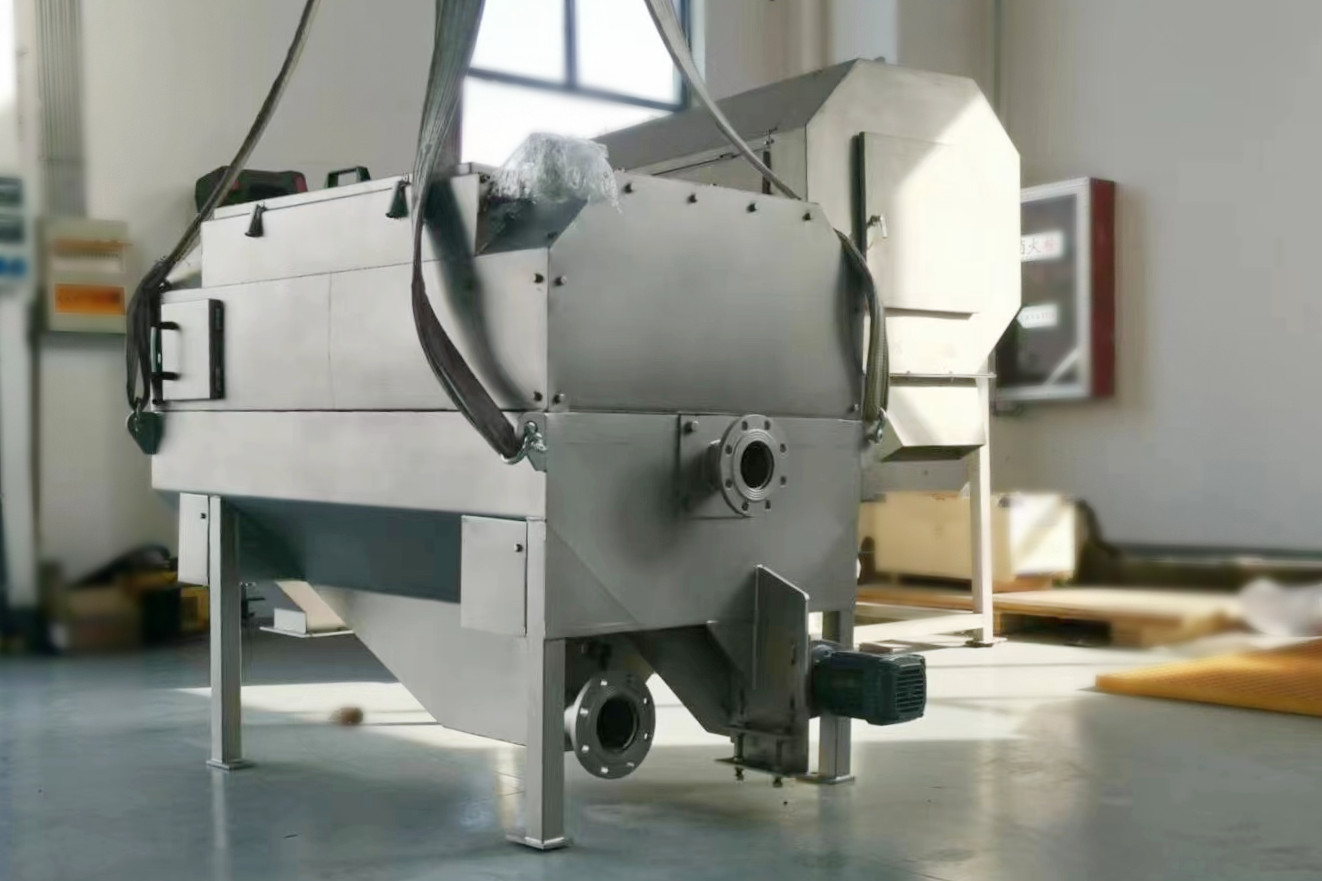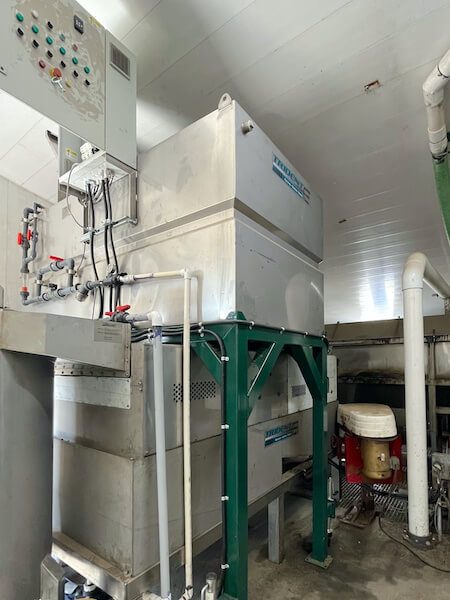Earlier this month our team had an opportunity to showcase advanced manure treatment with the…
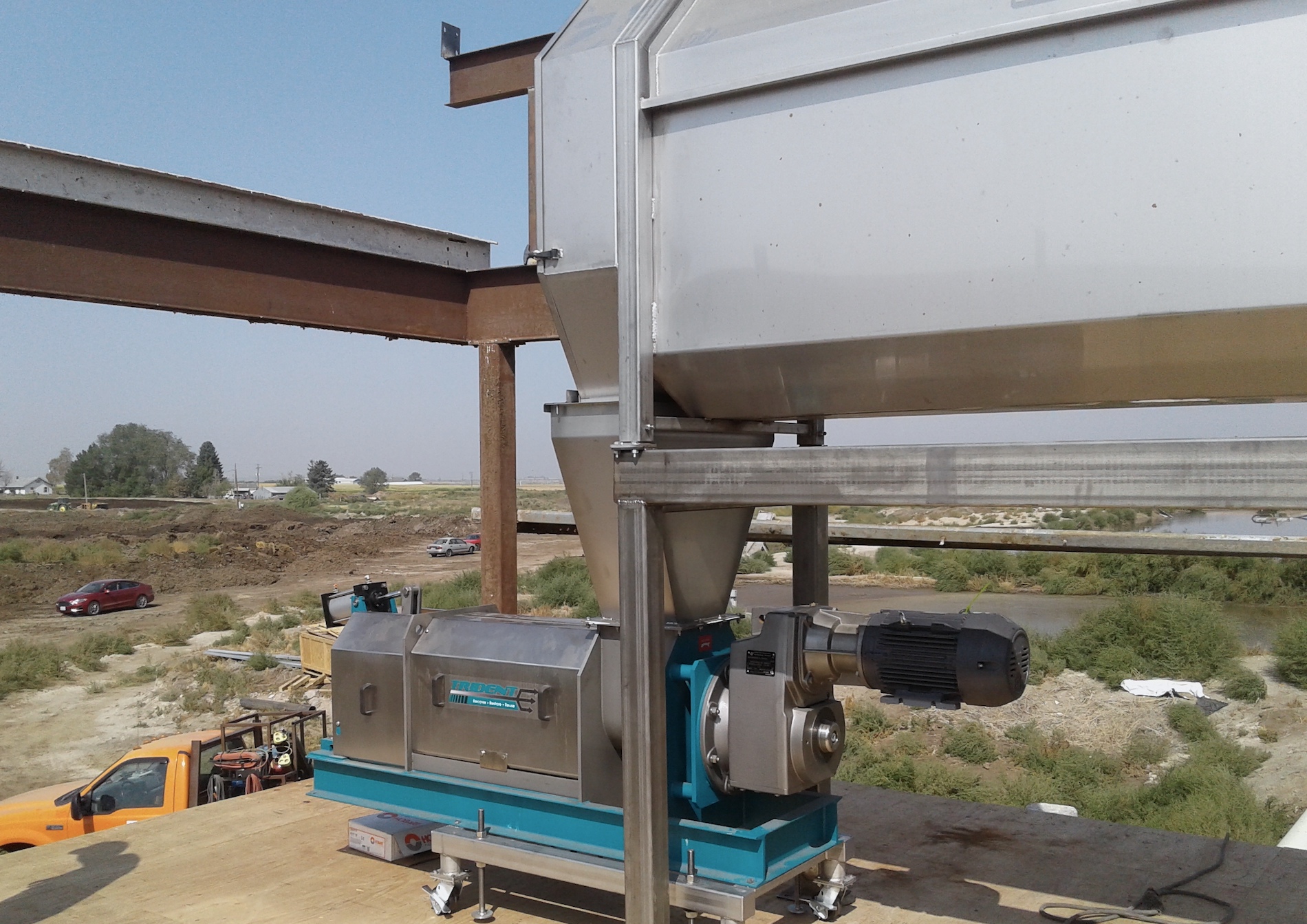
Manure separator for dairy farms
Abbotsford, BC – Updated on March 25th 2022. A manure separator is essential for the manure management on many dairy farms. Today, dairy farmers can choose from a variety of models and brands, depending on their specific needs and preferences. Manure separators are available for almost any herd size and treatment capacity. Farmers use them for mobile or stationary applications, and can configure the separator specifically for flush or scrape manure. With this article we would like to provide you some guidance on on the different Trident separators and what each model is best suited for. You can also find our manure separator video on YouTube.
A manure separator for every application
Rotary Screen Manure Separator: This is a go-to option for first-stage manure separation. Available as 36” and 48” model and with different screen sizes to target specific throughput and capture rates, the rotary screen separator is suitable for all types of bedding material. It performs well in both flush and scrape manure application, as well as sand bedding. It is also suited in front of an anaerobic digester system as a thickener unit.
Screw Press Manure Separator: For high dry matter results, we recommend to dewater the separated fiber with a Trident screw press separator. Trident provides the equipment in different sizes with processing rates of 1,500 to 30,000 lbs per hour. After this treatment, the dewatered fiber is ready to go to storage or back into the barns.
Roller Press Manure Separator: As an alternative, you can also use the Trident Roller Press to dewater the separated fiber. The durable and effective separator was specifically designed for manure treatment on dairy farms. We see the most effective results when the farmer uses the roller press after a primary separator. The press can reduce the moisture content to approx. 72-80%.
DAF Separator: A Dissolved Air Flotation (DAF) system provides effective secondary treatment, specifically targeting the fine solids in manure. An air floatation system requires the addition of polymer to flocculate the suspended solids. The DAF treatment creates sludge with approx. 6-10% TS.
Wave Separator: The Wave has evolved to the preferred option for most fine solids separation projects. Similar to the DAF, the Wave requires a flocculation agent. However, a more compact foot print and generally a more favourable Opex are compelling benefits of the Wave. The Wave D models also offer the ability to thicken and dewater the sludge in a single treatment, yielding over 15% TS.
What it looks like in the field
